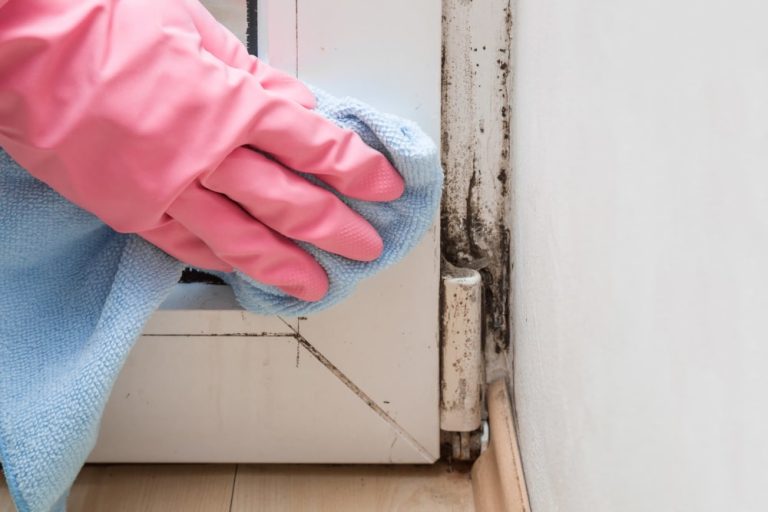Between the constant moisture levels in the bathroom and kitchen and higher humidity during the summer months, mould growth can become a real problem without proper measures in place. When mould is left untreated, it spreads rapidly and releases harmful spores into the air, which can impact health. Therefore, controlling the environment to avoid mould growth is essential, and here are the technologies you can employ to do so.
Humidity Metre
Before dealing with moisture at home, it’s important to know what the existing levels are. To do this, you can invest in a humidity metre, which will set you back around £20 (at the cheap end). Naturally, you will find higher levels of moisture in the bathroom because of the shower, but you can keep mould at bay by wiping the windows and walls dry and having a bathroom extractor fan installed.
Dehumidifier
During winter and summer, the normal range for humidity is between 40% and 60%, but this may fluctuate 10% either way. If the humidity metre detects higher levels, you will need to invest in a dehumidifier, which draws in air and removes moisture. There are several types of dehumidifiers out there to suit a range of budgets, so you may need to do a little research first.
Air Purifier
If humidity levels in your home reach significantly high levels, it may be worth investing in an air purifier, which will work alongside your dehumidifier. Before powering up an air purifier, it’s recommended to dust surfaces and hoover first, as this will send particles into the air ready to be filtered out. There are countless types of air purifiers, but we recommend searching for one that’s recommended for removing mould spores.
Extractor Fans
Extractor fans are often used in bathrooms to remove moisture after showering, but there’s no reason they can’t be installed in other rooms. For example, a kitchen extractor fan can help to reduce odours and prevent moisture from travelling through the home. If you’re considering installing an extractor fan in the kitchen, it’s important to note that recirculation fans aren’t that effective, as all they really do is remove odours.
Removing Existing Mould and Mildew
There are countless products online that are designed to keep mould away, including scented bleach sprays designed to break down the spores. However, if you’re in a pinch, you can simply mix one part bleach to four parts water and scrub at the wall until the mould has been removed. Regardless of your method, make sure you dry the wall afterwards.
In some cases, the paint may be scrubbed away, which you can replace with anti-mould paint. If you find mould inside the sealant, you will most likely have to remove the existing sealant and start again once you’ve cleaned the area.
Mould doesn’t look pleasant regardless of its location, but it’s the damage it does to health that’s more pressing. Luckily, if you can control the environment with the technologies outlined above, you have a greater chance of keeping your home mould free.

